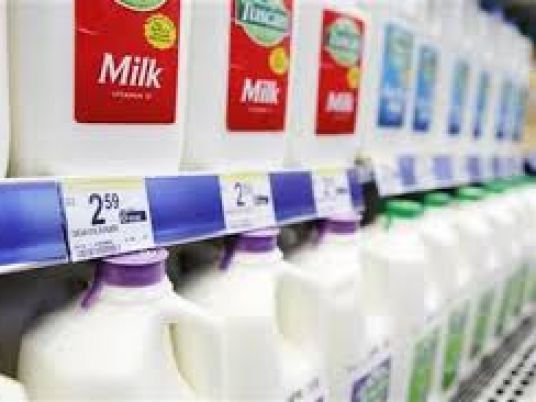
Less than half of US shops where milk is sold carry lower-fat or skim varieties, and this healthier option is most scarce in poor and minority communities that tend to have higher rates of obesity, a large study found.
Part of the problem, researchers say, is a lack of supermarkets in poor communities, leaving residents reliant on smaller convenience stores and drugstores, where any milk is more expensive and low-fat varieties are less often available.
“These findings indicate that it’s more challenging and more expensive for populations at high risk for obesity and other diet-related health problems to follow dietary guidelines, at least with respect to milk,” lead study author Leah Rimkus, a scientist at the Institute for Health Research and Policy at the University of Illinois in Chicago, said by email.
Younger children should drink two cups of reduced-fat or fat-free milk a day and older kids and adults should consume three cups daily, according to recommendations from the U.S. Department of Agriculture (USDA). Milk and other dairy products contain calcium, potassium and vitamin D – ingredients linked to stronger bones, lower blood pressure and a reduced risk of heart disease and diabetes.
Skim milk is recommended because whole milk is high in saturated fats that can raise blood levels of low-density lipoprotein (LDL) cholesterol, the bad kind that increases the risk for heart disease, according to the USDA.
Rimkus and colleagues researched the price and availability of lower fat and whole milk at 9,226 stores across 468 communities in 46 states during the spring and summer months of 2010, 2011 and 2012.
Within the representative sample of stores, 9 percent were supermarkets, 7 percent grocery stores and 84 percent so-called limited service stores like bodegas or mini-marts, they report in the Journal of the Academy of Nutrition and Dietetics.
Nationwide, whole milk was available in 81 percent of stores, roughly double the proportion of places that sold fat-free milk, the study found. Whole milk was stocked in 99.9 percent of supermarkets, 89 percent of grocery stores and 78 percent of limited service stores.
Fat-free milk, too, was most plentiful in supermarkets, stocked 98 percent of the time. This healthier alternative was sold in 52 percent of grocery stores but just 36 percent of convenience stores, the study found.
The researchers used census data to assess the racial makeup and income levels in each community.
Compared with white communities, the odds that stores sold any type of milk were 31 percent to 67 percent lower in predominantly black neighborhoods, and 26 percent to 45 percent lower in other places with large minority populations.
Prices for lower-fat milk were also higher at grocery stores in black neighborhoods, which may be due in part to the presence of more convenience stores and fewer supermarkets in these communities. On average, a gallon of skim milk cost 50 cents more in black neighborhoods than in white areas, and 1 percent-fat milk cost 38 cents more.
Around 23.5 million Americans live in communities known as food deserts because residents lack easy access to supermarkets selling high-quality, fresh produce, according to the USDA.
Often, the local food supply is driven by the socioeconomic status of community residents, said Adam Drewnowski, director of the Center for Public Health Nutrition at the University of Washington in Seattle.
One reason stores in poor communities don’t stock skim milk is because it doesn’t sell, Drewnowski, who wasn’t involved in the study, said by email.
“Food stores in low income neighborhoods will have a limited range of luxury goods like fresh fruit and vegetables or fish and poultry,” he said. “Yes, those have become luxury goods, like it or not.”
But it’s also possible that skim milk doesn’t sell because it’s so much more expensive than whole milk, said Tamara Dubowitz, a nutrition researcher at RAND Corporation in Pittsburg, Pennsylvania.
“Food store owners would likely say that the store inventory is based on consumer demand, and that prices are based on algorithms of store turnover,” Dubowitz, who wasn’t involved in the study, said by email. “Yet from a food justice perspective, it is easy to see that differential availability and pricing would make for differential consumption.”




